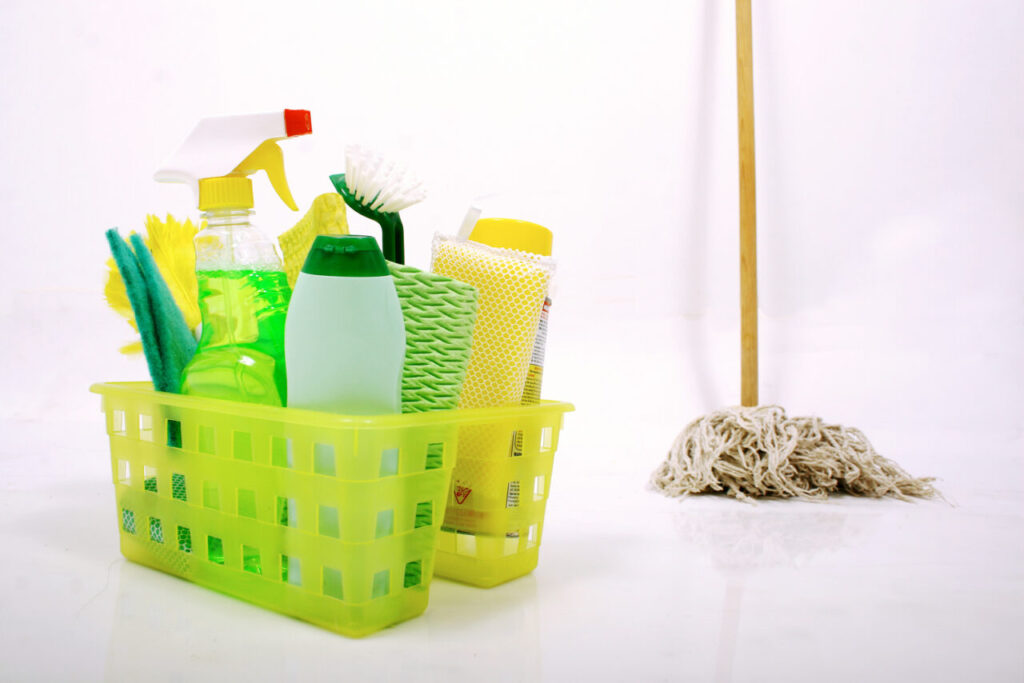Your home is the place you kick your shoes off, hang your hat, and spend time with your loved ones. It’s a safe space, and that’s why every homeowner makes their humble abode as comfortable as possible. You keep it clean, decorate it to your taste, maintain a balanced temperature and ensure that everything looks and feels great.
However, the products and appliances you use to keep your home clean and cozy might be harboring some toxic secrets. Here are six ways to create a non-toxic home and get your digs back to normal.
Swap out your chemical-ridden mattress
The average mattress contains many chemicals, including preservatives and flame retardants. These chemicals are safety measures, but they can also be harmful. These substances are toxic when released into the air over time.
You spend almost half of your life asleep, so your mattress should support your overall health. Organic mattresses like these are the best solution. They do not contain harmful chemicals and, as a result, are gentler on the lungs of your family, especially those with respiratory problems.
Organic mattresses are also eco-friendly. These beds meet the fire safety regulations as they contain naturally flame-retardant materials such as wool. If you’re looking to breathe a little easier while you’re catching your nightly Zs, an organic mattress is a solution for your home.
Be selective about your cleaning supplies
Your cleaning supplies touch almost every single surface in your home, so you want the best without the mess. You also use them to wash your clothes, dishes, and other home items, meaning they inevitably come in contact with your food and skin.
Using a highly potent chemical cleaning product is an automatic increase in toxicity in your home. Be careful when selecting your cleaning supplies—research the ingredients carefully for any carcinogenic components. When in doubt, consult professional cleaners and your doctor for the least harmful products.
Filter your water
One way of reducing toxicity in your home is a healthy water purification system. Filtering your water helps remove dirt and toxins that otherwise end up in your body. Different purification solutions are available, from pitchers with built-in filters to filtration that attaches directly to the faucet.
Reduce the use of plastic
Plastic is a synthetic material that contains many toxic and carcinogenic chemicals. Some of the more common chemicals include Bisphenol S plastic and Bisphenol A plastic.
Although plastic comes in handy to store your food, you don’t want to ingest its components. Heating your food inside plastic containers can lead to a rapid release of these chemicals into your body and the environment. Opt for reusable wax-coated bags for a cleaner way to store your leftovers.
Improve the air quality
If you spend a lot of time indoors, you need to ensure that you’re still getting reasonable air quality. You can improve your air quality very easily by opening your windows and doors during good weather. You can also use air purifiers, filters, or diffusers. Allowing air circulation within the home will reduce toxicity and improve your lung capacity.
Constant cleaning
It can be easy to forget that toxins occur naturally as well as synthetically. Maintaining a clean home is a simple but effective way of reducing toxins like mold. Create a cleaning timetable for the different parts of your home. You can do everyday light cleaning but schedule certain days for deep and thorough cleaning. A good cleaning culture is an excellent way to improve home health.
Parting shot
Although an increase in indoor toxicity is not usually noticeable on time, it affects your health and that of your family. You need to be conscious of these toxins and how to eradicate them from your home to prevent illness and allergies and protect your slice of paradise.
For more blogs on eco-friendly and non-toxic homes, check these out.
7 of The Best Homemade Natural Shower Cleaners


